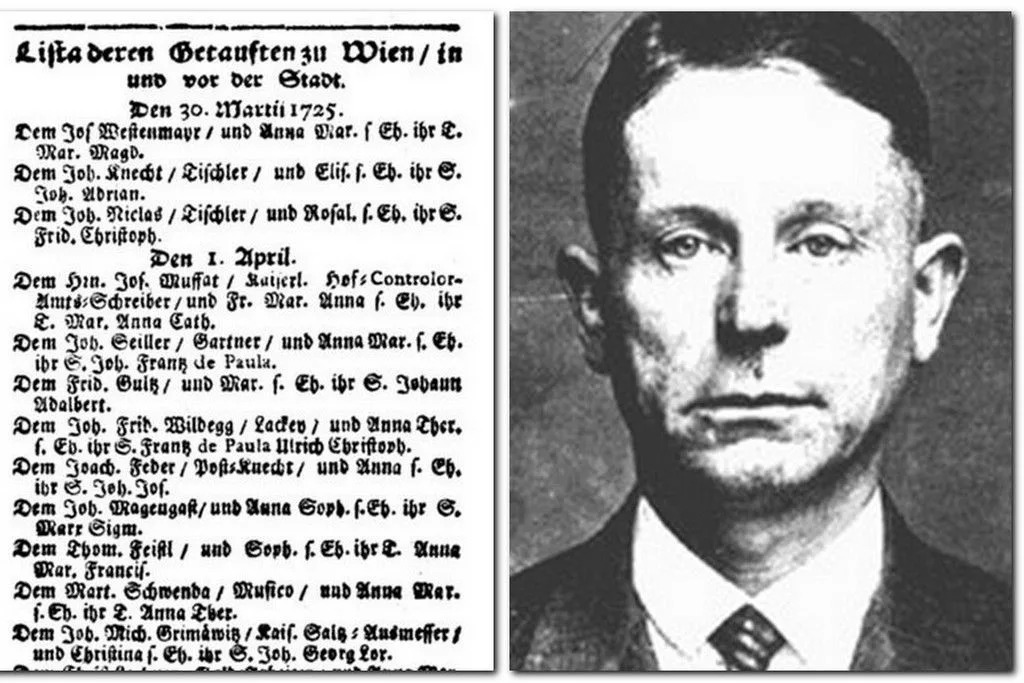In the 18th century, Central Europe was the setting for numerous cases of alleged vampirism, but one of the most well-documented and famous cases is that of Peter Plogojowitz, a Serbian peasant whose death and subsequent events helped solidify many of the vampire legends we know today.
Historical Context
In 1725, in the village of Kisilova (now Kisiljevo, Serbia), Peter Plogojowitz died at the age of 62. Although his death seemed natural, it was followed by a series of disturbing events that unsettled the local community. Villagers began reporting nocturnal sightings of the deceased and mysterious attacks that led to the deaths of several community members.
One of the earliest official documents on a case of vampirism is an Austrian military report from 1725, which details the incident. Plogojowitz was an ordinary man living in a time when superstition dominated daily life. After his death, within a few days, nine villagers died under mysterious circumstances. Before dying, all the victims claimed to have seen Plogojowitz appear to them in dreams or even in person at night. Moreover, his son reported that his deceased father had appeared to him asking for food; after refusing, the young man was found dead the next day. The village plunged into chaos, fear spread rapidly, and the inhabitants began to believe that Plogojowitz had returned from the grave to claim more victims.
The Exhumation and Findings
Frightened by the events, the villagers of Kisilova sought the intervention of the Austrian authorities. The imperial vicar Frombald, an officer of the Austrian administration, attended the exhumation of Plogojowitz’s body. According to his report, the corpse was in an astonishing state of preservation:
The skin and nails had fallen off, but new ones had replaced them.
There were traces of fresh blood in the mouth.
The body showed no typical signs of decomposition despite the time elapsed since burial.
These signs were interpreted as evidence of vampirism. The official report described chilling details:
"The corpse was exhumed and displayed unnatural freshness. Blood dripped from its lips, as if it had fed on the living. By order of the villagers and with the authorities’ consent, the body was staked and then burned."
Following the practices of the time to prevent further attacks, the body was destroyed.

Frombald's report published in the "Vienna Journal"
Cultural Impact
The case of Peter Plogojowitz is one of the earliest and most documented instances of vampirism in European history. Frombald’s detailed report helped spread the vampire legend in Western Europe, influencing later literature and folklore. These events later inspired authors and scholars, fueling the myth of the modern vampire.
Who Was the First Documented Vampire?
Analyzing the records, the first verifiable reference to an alleged case of vampirism is found in the official report on Peter Plogojowitz from 1725, followed by that of Arnold Paole in 1726. These accounts, written by imperial officials and physicians, represent the earliest historical attestations of vampirism in Europe, based on direct testimonies and official documentation.
Peter Plogojowitz was a simple peasant, while Arnold Paole was a soldier with a mysterious past linked to Balkan superstitions. Both became central figures in stories that profoundly influenced collective imagination, contributing to the birth of the modern vampire.
Although the vampire myth has much older roots, it is only in the 18th century that we find written and verifiable evidence of exhumations and accusations of vampirism. However, today, such events can be explained through modern medical and psychological knowledge.
Decomposition Processes: The "new" skin and nails were actually the result of the retraction of soft tissues. The blood seen at the mouth was due to internal gases produced during decomposition.
Mass Hysteria: Fear and superstition could generate collective hysteria, making people genuinely believe that the deceased were returning.
Infectious Diseases: Epidemics of tuberculosis or plague could cause sudden deaths, reinforcing the belief that a dead person was responsible for new fatalities.
The case of Peter Plogojowitz remains a fascinating testament to how popular beliefs and collective fears can shape the perception of reality and give rise to enduring myths. Thanks to historical documents, we can analyze these events with a more critical perspective, understanding how superstition and social context played a fundamental role in the construction of the vampire myth.








Leave a Comment